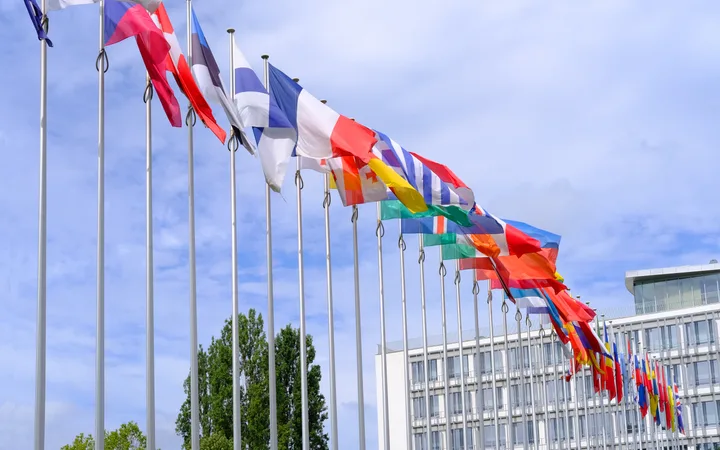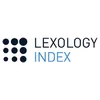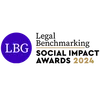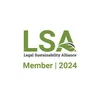Followers of European patent practice will be aware that the European Patent Office (EPO) updates their Guidelines for Examination on an annual basis. #
The Guidelines, which take into account decisions of the Boards of Appeal and reflect the practice before the EPO, are a useful weapon in the armoury of any prosecuting attorney. The EPO recently gave advance notice of the 2024 Guidelines that will enter into force March 1st. The Guidelines are available for preview, and there is also an opportunity for users to provide input and feedback.
AI Leading the Way #
The main changes this year take into account the Decisions of the Enlarged Board of Appeal in G1/22 and G2/21. These decisions have been discussed previously – for example the commentary from my colleagues Laura Fe and Catherine Coombes on LinkedIn – and Terence Broderick’s article: “A Helping Hand for AI Start-Ups from the EPO”. Whilst the underlying technology behind G2/21 was not related to Artificial Intelligence (AI), given the increased interest in patents in this space, it is not surprising that its direction is being looked at being considered potentially useful to support AI and machine learning applications.
2024 Guideline Changes #
However, much more tangible and clearly directed to patent applications in the field of AI are two specific changes in this year’s Guidelines. These updates provide clarity as to the requirements for disclosure of applications relating to AI and machine learning. In brief, the updates stress that although there is no need in general to disclose specific training dataset, mathematical methods and training datasets should be sufficiently disclosed to allow the reproduction of the technical effect claimed.
Specifically, the section F-III-3 of the EPO Guidelines 2024 relating to insufficiency of disclosure, has been updated with an additional example found in the field of AI.
“Occasionally applications are filed in which there is a fundamental insufficiency in the invention in the sense that it cannot be carried out by a person skilled in the art […] another example can be found in the field of artificial intelligence if the mathematical methods and the training datasets are disclosed in insufficient detail to reproduce the technical effect over the whole range claimed. Such a lack of detail may result in a disclosure that is more like an invitation to a research programme”
This addition emphasises that mathematical methods and training datasets which are not sufficiently disclosed to permit the reproduction of the technical effect over the whole range claimed, may result in an objection of lack of sufficiency under Article 83 EPC.
The updated draft Guidelines also confirm that when a technical effect achieved by a machine learning algorithm depends on particular characteristics of a training dataset, those characteristics must be disclosed unless the skilled person can determine them without undue burden using common general knowledge. This does not mean however that every AI or machine learning application needs to disclose the training set.
"The technical effect that a machine learning algorithm achieves may be readily apparent or established by explanations, mathematical proof, experimental data or the like. While mere allegations are not enough, comprehensive proof is not required, either. If the technical effect is dependent on particular characteristics of the training dataset used, those characteristics that are required to reproduce the technical effect must be disclosed unless the skilled person can determine them without undue burden using common general knowledge. However, in general, there is no need to disclose the specific training dataset itself.”
Providing Clarity for Applications #
It is evident that these changes have been introduced to reflect an upsurge in applications that are being presented to the EPO for prosecution. Like any rapidly changing field, there is often some hype as to whether the technology is fundamentally patentable. This has already been addressed in the affirmative in previous versions of the Guidelines. The 2024 Guidelines just bring further clarity as to the requirements of disclosure in such applications - perhaps reminding that the rules for drafting are not that different, know what your invention is before you file the application!
If you're looking for some guidance or assistance with your EPO applications, get in touch with our specialist patent attorneys.





















